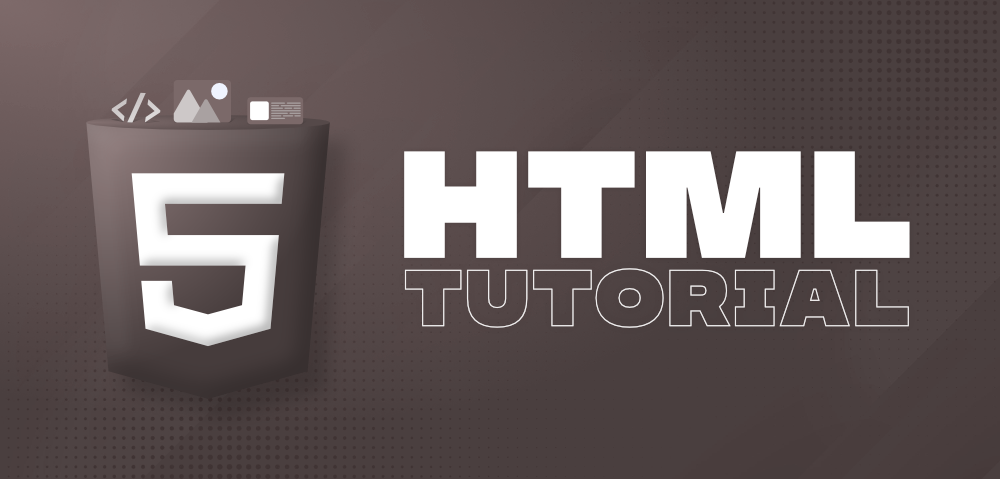CSS is a style sheet language that allows web pages to control how they look. CSS is used by most modern browsers to format text and other elements on the web page. It can change fonts, colors and spacing between elements so your webpage looks exactly like you want it to. But there are some things that CSS just can't do without JavaScript (like changing background colors without making them transparent) or server-side processing (like applying multiple styles at once). Fortunately, you can use Cascading Style Sheets (CSS) in conjunction with HTML files for increased control over how your website looks!
HTML is about the content of your website, CSS is about how that content looks.
You might have heard the terms HTML and CSS thrown around a lot, but what do they actually mean?
HTML is about the content of your website. It tells browsers what kind of information you want to display (title, body text), how it should look when displayed (fonts, colors), and where it can be found on a web page (URLs). For example:
My Website
My First Page
I'm there.
CSS works by applying styles to an HTML document.
CSS is a separate language from HTML, and it can be used to change the appearance of an HTML document.
CSS can be used to change the layout of a document. For example, you could use CSS to add or remove elements from your page and place them in different locations on the page. You can also change their position on the page by telling them where they should appear within their parent container (the browser window).
You can apply a style to every instance of an HTML element at once.
You can apply a style to every instance of an HTML element at once.
You can also apply a style to many instances of an HTML element at once.
Finally, you can also apply a style to one instance of an HTML element at once—for example: Hello will be colored blue and not black!
Or you can apply a style only to one instance of a certain element.
You can apply a style only to one instance of an element. For example, if you have a element and want the style applied only to that one instance of the element, you would use:
ul { color: red; }
You can also apply styles that are shared by multiple elements in your document. For example, imagine we have an unordered list with three items: "Item 1", "Item 2", and "Item 3." If those three items were all set up with the same CSS rules (such as border-bottom: 1px solid black; ), then there would be no way for users who clicked on any one link in our web page to tell which link was linked from where! In this case we'll use conditional comments like so:
The cascade describes how styles of different elements combine with each other.
The cascade describes how styles of different elements combine with each other. It's a way of describing how styles are applied to an HTML document, as opposed to the more traditional method of declaring each element. The cascade starts with the base style and ends with the most specific rule.
For example, if you have two different headings that both use font-size:16px; and color:red; then they'll be applied together because they're in different rules (cascading). This means that if you want one heading to be smaller than another (like saying "bigger" or "smaller") then you must either add another rule like font-size:12px; or simply not apply any rules at all for those elements
You can use selectors to apply styles to elements that are inside other elements or have other elements inside them.
You can use selectors to apply styles to elements that are inside other elements or have other elements inside them.
-
You can apply a style by using the elements' ID, class name, or some attribute of the element. For example:
-
[div]{} - applies this div with no children as a parent element of itself and all its children (which includes all p elements). This will result in an unordered list if you add this div onto an unordered list .
CSS can change the font of text, including size, color and typeface.
You can change the font of text, including size, color and typeface.
The following methods are available for changing the font:
-
The font family - This specifies a specific typeface that all other styles will inherit from. For example, if you set "family" as "Georgia" then all other fonts in your CSS should be Georgia-based as well.
-
The font style - This is used to tweak how your text appears on screen (e.g., italicized vs bolded).
-
The font weight - This may also be referred to as "font-style". It determines how thick or thin your characters will appear when using them with CSS rules such as margins and padding around content areas within webpages so they don't overlap too much while still being readable at smaller sizes like mobile phones' screens where touchscreens are more common than desktop monitors today due mostly because people nowadays spend less time sitting behind desktops anymore due almost completely replacing paper books with digital versions these days instead due convenience reasons such as not needing glasses anymore when reading books etcetera but I digress...
It can change the layout and position of elements on a page.
Cascading Style Sheets (CSS) is a style sheet language that allows you to write rules that describe how content should look, regardless of whether it’s displayed on the page.
You can use CSS to change the layout and position of elements on a page. For example, you might want an image to be wider than its default size or have one element span multiple lines instead of just one.
